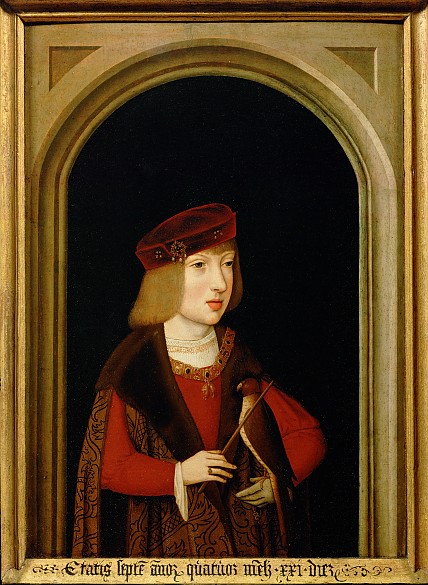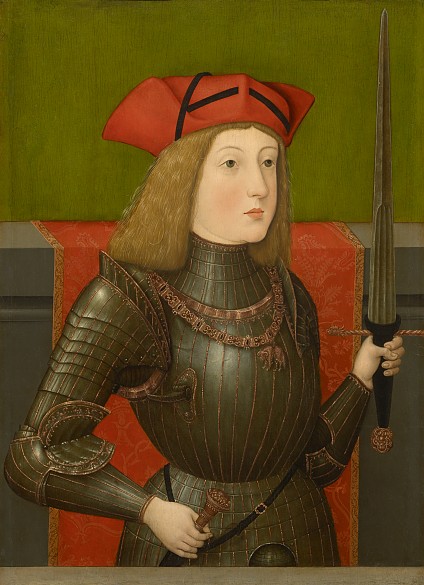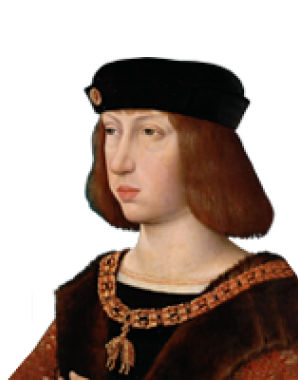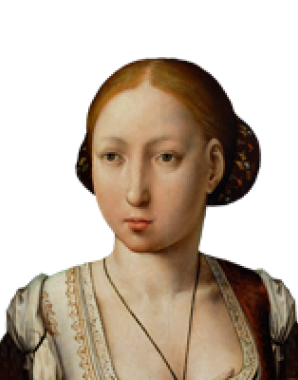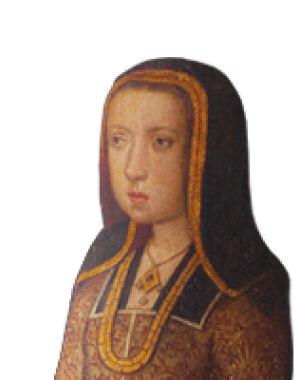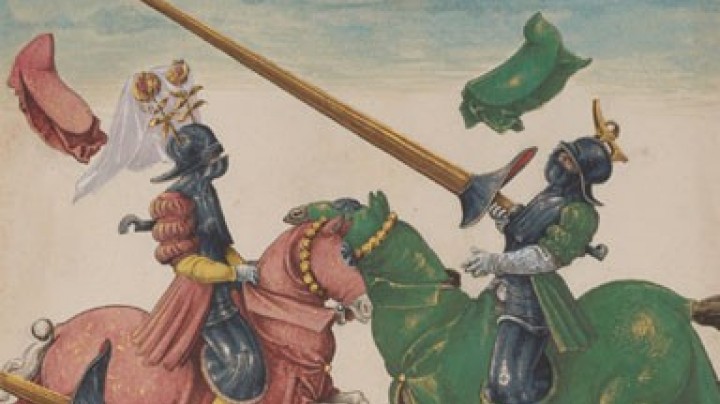Charles V: heir to many crowns
In the figure of Charles were united the Habsburg claims to various territories that had passed to the dynasty thanks to the nuptial policies of his grandfather, Maximilian I.
Charles was the eldest son of Philip I (the Fair) and Joan (the Mad) of Castile. He was born in Ghent, where his father was acting as regent of the Low Countries, a group of territories that had passed to the Habsburg dynasty as part of the Burgundian inheritance transmitted by Charles’s paternal grandmother, Mary of Burgundy.
In his physical appearance Charles conformed to the classic Habsburg type that was particularly prevalent in the sixteenth and seventeenth centuries. He had a narrow, elongated face dominated by an aquiline nose and a heavy, protruding lower jaw together with thick, fleshy lips. It is said that the deformation of his jaw was so extreme that he could not close his mouth properly and had problems with his speech. His rapid and staccato way of speaking made him trip over his tongue constantly and as a consequence he was hard to understand.
Charles grew up at the court of his aunt, Archduchess Margaret, in the Low Country city of Mechelen (Malines, traditionally known in English as Mechlin) together with his sisters Eleonora and Isabella. He was shaped to a great degree by Burgundian-Netherlandish culture. His parents were mostly absent, as the securing of their claim to the Spanish crown took priority. After the early death of his father in 1506 the latter’s claims to the throne passed to Charles. At first he remained in the Netherlands, where his aunt Margaret ruled as tutelary regent in his stead. In 1515 Charles attained his majority and was appointed sovereign. However, the fifteen-year-old prince was unable to cope with his duties and his aunt and her advisors therefore continued to administer the affairs of government.
Over the next few years, however, the focus of his interests switched to Spain. The ruler of the united kingdoms of Castile, Aragon and Granada was Charles’s maternal grandfather, Ferdinand of Aragon. Charles shared his claim on these thrones with his mother Joan, which led to considerable problems after the death of Ferdinand in 1516. It was only after lengthy negotiations that his claim was recognized by the Estates, Charles using his mother’s mental illness as an argument to establish his rule in Spain in her name.
